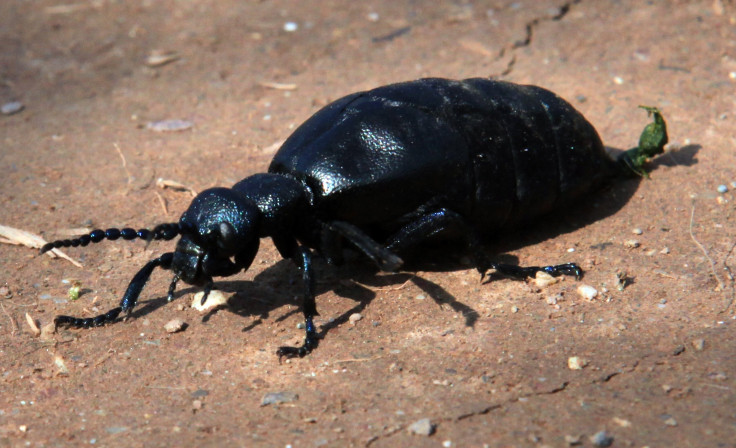Beetle Penis Could Revolutionize Catheters, Medical Devices

The beetle, one of nature’s most prominent insects, may hold the blueprint for better medical devices, according to a study published Wednesday in the journal Science Advances.
The medical industry is trying to engineer medical catheters in such a way that keeps the thin tubes flexible enough to reach tight spaces, but strong enough that they don’t break during insertion.
However, this isn’t an issue in nature, as some creatures, such as the thistle tortoise beetle, possess a hyper-elongated organ "flagellum" or penis, which might inspire the construction of a more effective catheter.
"The tip is curved a little bit," Yoko Matsumura, who studies biomechanics at Kiel University in Germany told NPR. Matsumura and two other researchers tested the beetle’s long, hooked penis and how it bent in a way that successfully reached the extensive, coiled "duct" of the female beetle’s sex organ without breaking.
"Although the penis is quite long, it is very small," said Matsumura, "so we have to perform the experiment on a microscope." The beetle’s penis is about 10 millimeters in length, which is longer than it's entire body. The microscopes they used are delicate and could not handle movement from a live specimen, so the researchers detached the members.
"We killed the beetles and then used the fresh penis. Unfortunately for them," Matsumura added.
The stiffness of the penis varies along the length, according to the journal, which may indicate the penis’ knack for traveling the female beetle’s tumultuous sex organ. "The penis looks very simple," but "it is actually complicated," Matsumura explained.
Based on this discovery, researchers hope to construct a more dynamic catheter. According to a study released in May, complications with the medical tool include: "catheter tip location, catheter dislocation, infection at the catheter insertion site, and difficulty removing the catheter."
"I think that knowing how to precisely control a narrow tube in a duct could help develop harmless catheters or injections in the medical world." Matsumura wrote in a report on beetle penis released July 2016.
Catheters are medical instruments, inserted into the body for a cardiovascular, urological and gastrointestinal application. They allow for drainage, injection of fluids and gasses. A catheter is usually a thin, soft, flexible tube, though they come in different variations of hardness based on use.
© Copyright IBTimes 2025. All rights reserved.




















